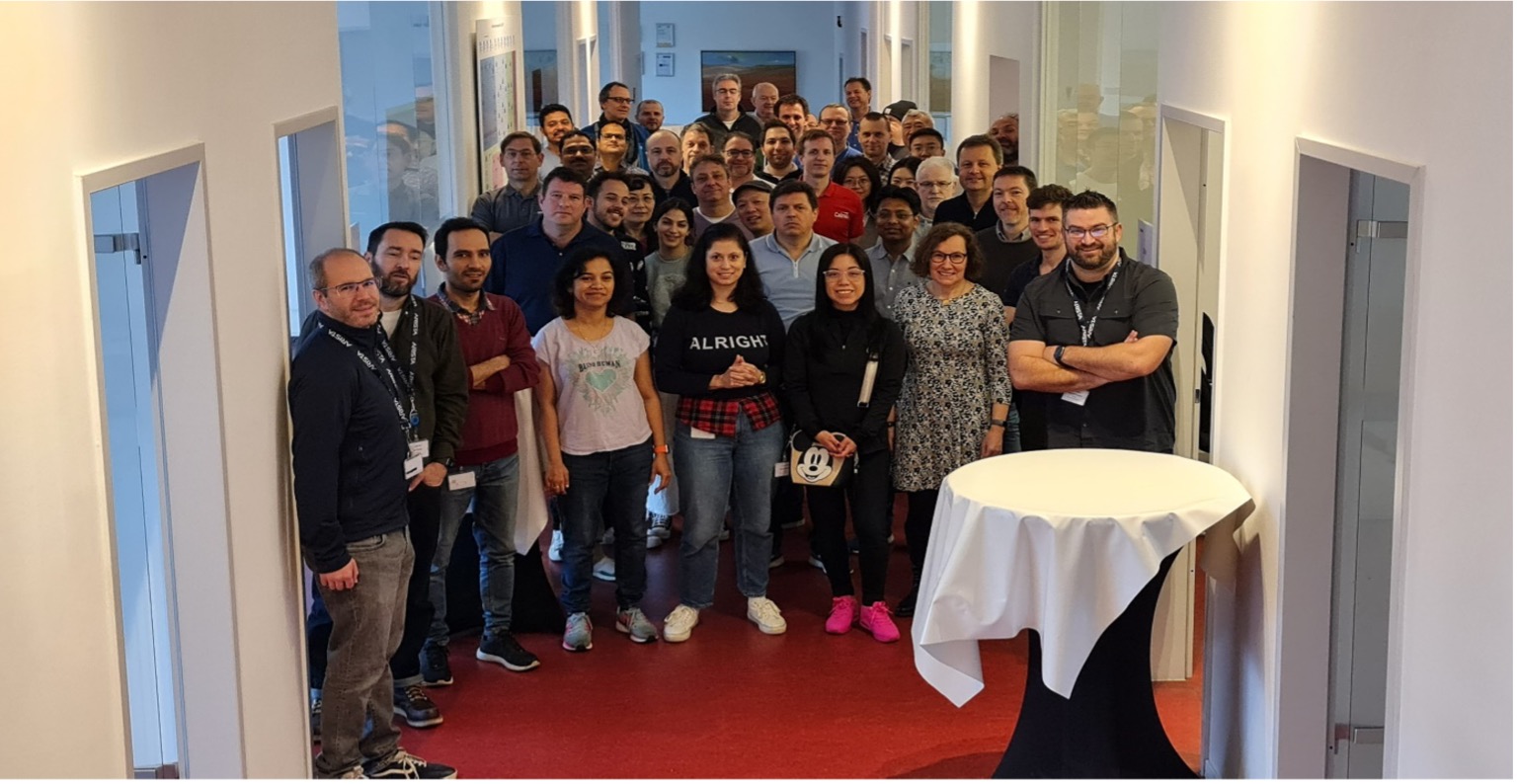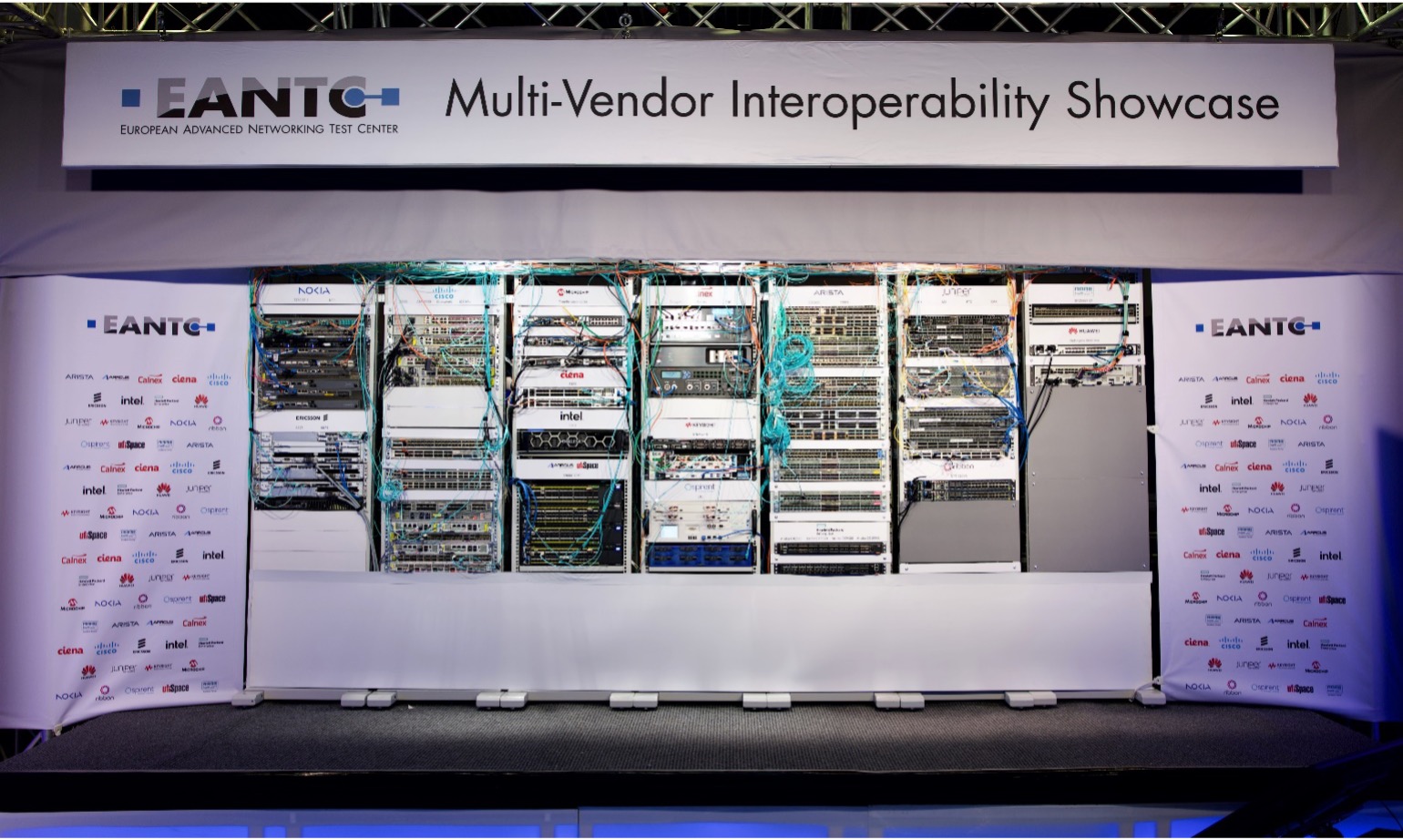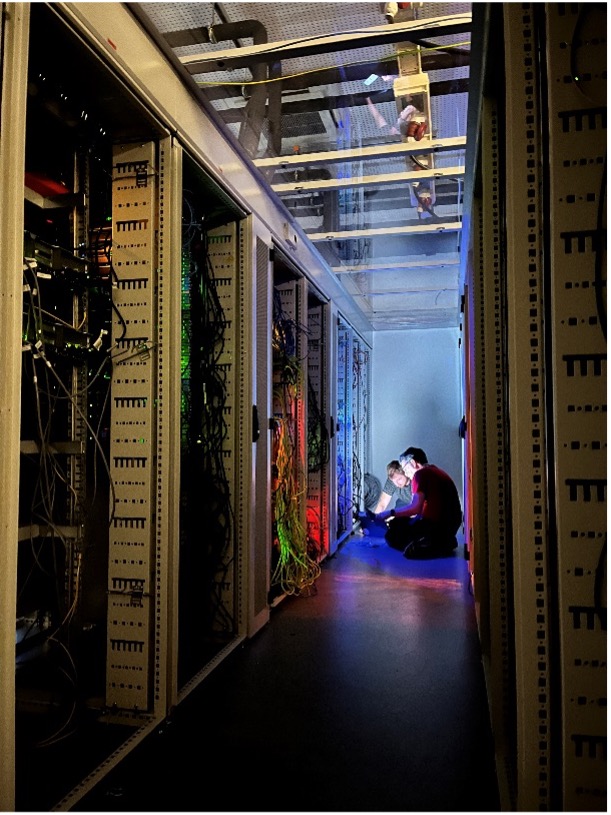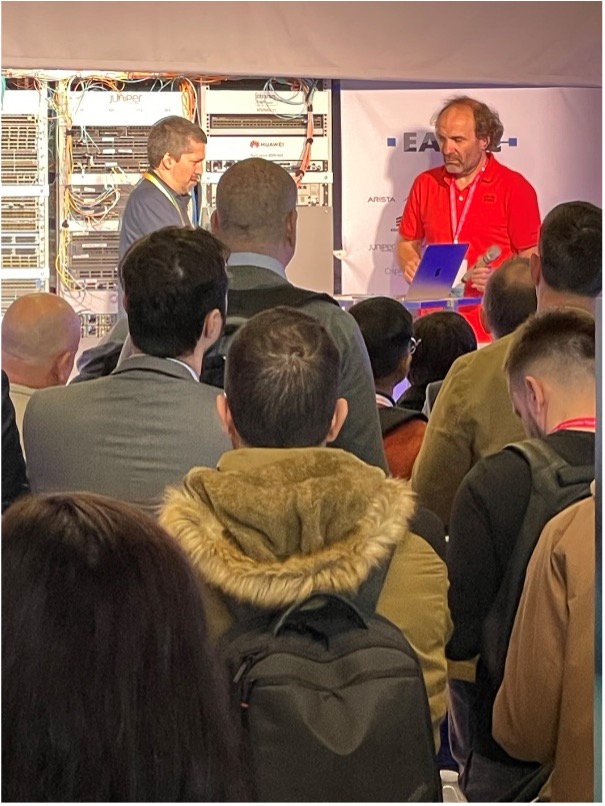Interoperability in an open networking world: Cisco’s Commitment to Innovation and Collaboration
Intro
The Seventeenth century English poet John Donne famously wrote that “No man is an island.” Similarly, one can say “No vendor is an island” as in today’s complex networking landscape, most communication service providers rely on multiple vendors to build up their network. As communication service providers take for granted that components from multiple vendors work seamlessly together to ensure smooth and efficient network operations, interoperability between vendors is of critical importance.
The Twin Pillars
Innovation is in Cisco’s DNA (18% of Cisco revenues are spent on Research and Development
Contribution
Cisco is strongly committed to open standards, driven by standard bodies through inclusive and transparent processes. Cisco has been a leading force in this realm, actively engaging and contributing to esteemed organizations such as the Internet Engineering Task Force (IETF), as well as other prominent industry associations such as International Telecommunication Union (ITU-T), Metro Ethernet Forum (MEF), Institute of Electrical and Electronics Engineers (IEEE), and more.
EANTC
The second important aspect of interoperability is to showcase it works when put to the test. This is why we actively support vendor neutral forums such as what is provided by European Advanced Networking Test Center (EANTC)
”By participating in scenarios involving EVPN, SRv6, SR-MPLS, and SDN technologies, Cisco showed multi-vendor readiness of their solutions with regard to network slicing, traffic engineering, policing, and packet network synchronization” said Carsten Rossenhövel, Managing Director and Co-Founder of EANTC. He added, “Cisco provided significant contributions to the success of the EANTC SDN interoperability event 2023, involving four router product lines and a network automation solution. The test event was a major success, with over 80 attendees from 17 vendors. This year’s testing program reflected the continued industry shift towards software-defined networking; many testing scenarios involving programmability and manageability. In particular, Cisco products smoothly interoperated in the SRv6 area, where we tested compressed segment IDs (µSID) for the first time.”
Snapshots




Highlights
The key highlights from EANTC public Interop 2023 are:
- Cisco participated with our entire portfolio of Provider Connectivity product line consisting of physical routers, virtual routers, and automation suite – 8000, ASR9K, NCS540, NCS5700, Crosswork and IOS XRd.
- Segment Routing v6: Industry-first micro segment ID (usid) multi-vendor interop. Several test cases including Topology Independent Loop Free Alternate (TI-LFA), Flex Algo, Summarization, Unreachable Prefix Announcement (UPA) and Segment Routing Traffic Engineering (SR-TE) policies with usid.
- SR-MPLS test cases: including Flexible Algorithm Prefix Metric (FAPM), Fast Re-routing (FRR), performance measurement, failure discovery and SR traffic steering.
- Ethernet Virtual Private Network (EVPN): EVPN with Segment Routing transport (MPLS and IPv6), EVPN enhancements, and EVPN interworking.
- 400G OpenZR+: An SR-MPLS (OSPF) control plane was established between multiple nodes and bi-directional traffic through three nodes, all of which were connected using ZR+ optics.
- Software Defined Networking (SDN): Path Computation Element Communication Protocol (PCEP), NETCONF/YANG across SRv6 and SR-MPLS data planes, streaming Telemetry using gNMI and OpenConfig data models.
- Clock synchronization: Class C, Class D, enhanced SyncE and O-RAN Fronthaul synchronization in mobile open RAN scenarios.
If you are interested in getting access to more details about the tests and results, download the EANTC report

Leave a Comment